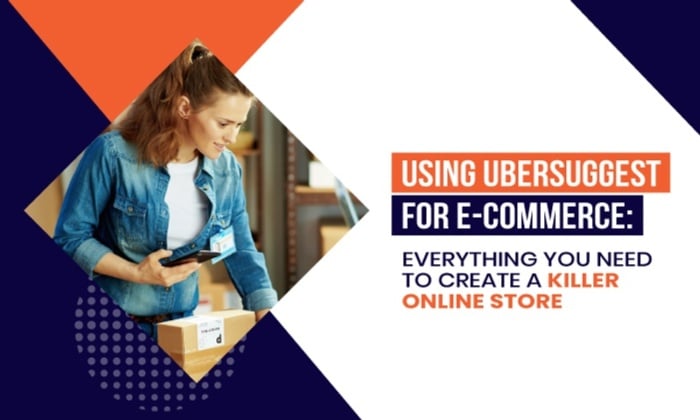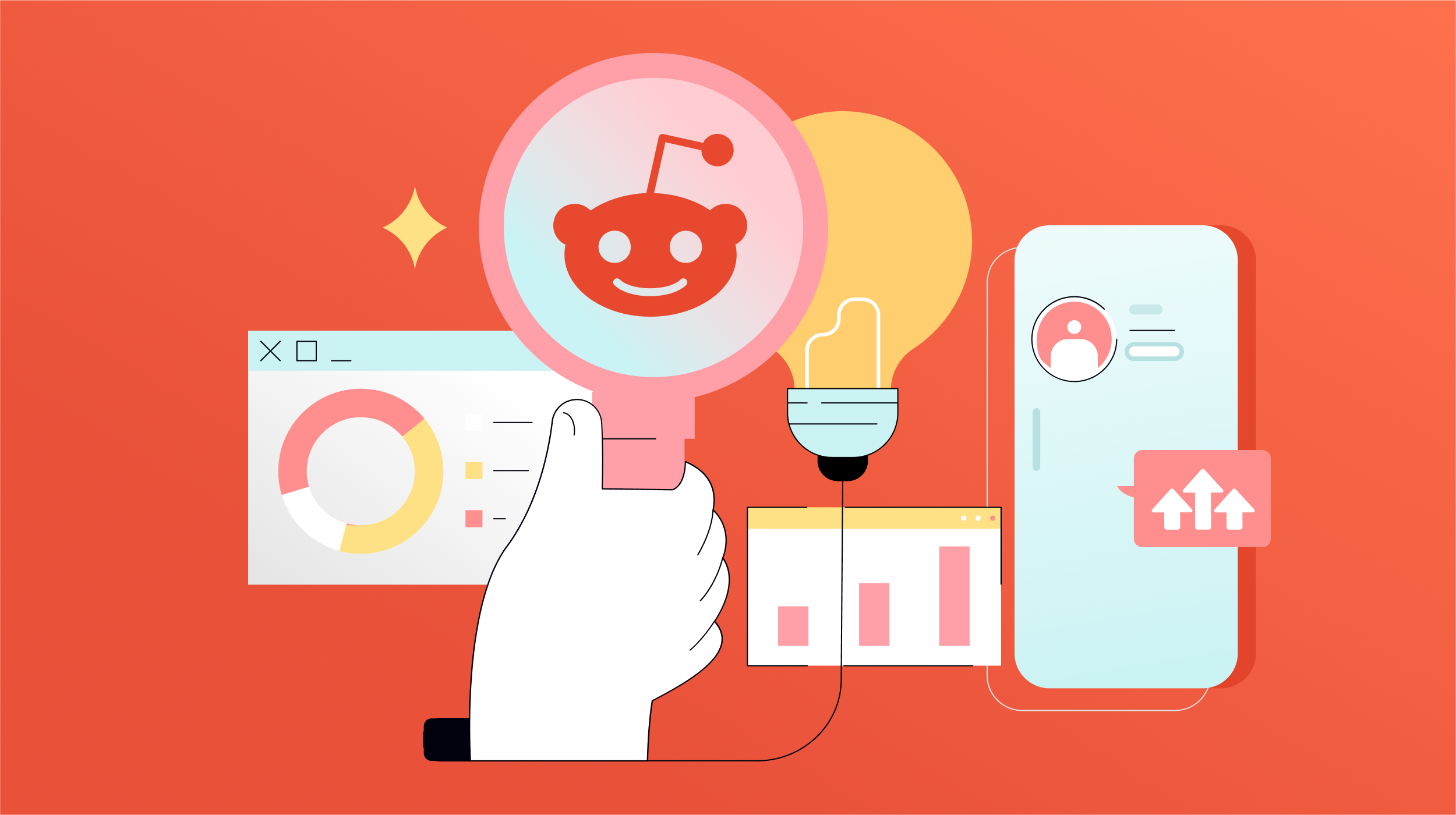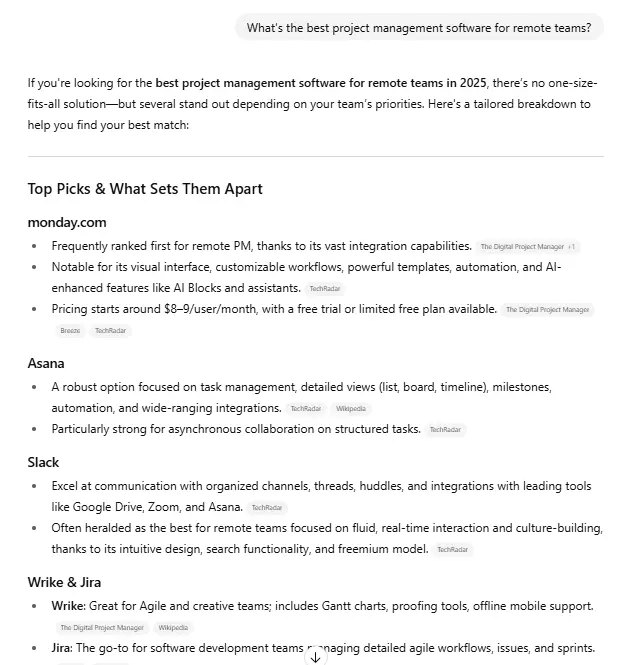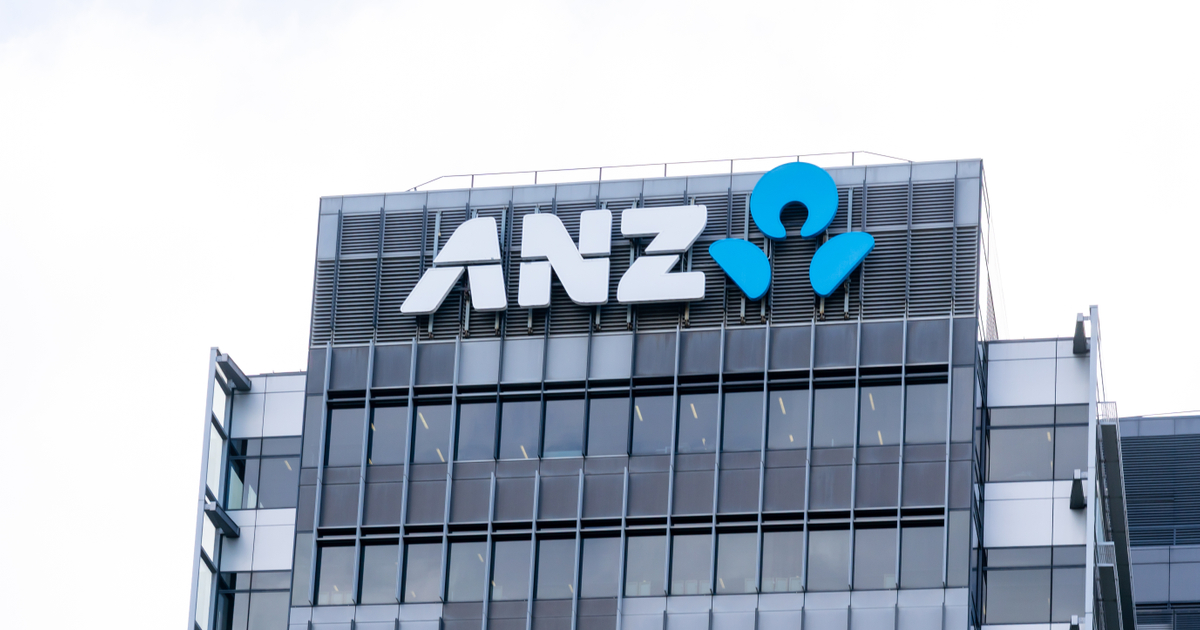5 PPC Tips For Technology Companies via @sejournal, @brookeosmundson
These 5 PPC tips for technology brands will help you maximize your paid search efficiency, connect with B2B buyers, and improve ROI. The post 5 PPC Tips For Technology Companies appeared first on Search Engine Journal.

More and more companies are discovering the benefits of a well-run PPC program.
PPC can be so much more than just a lead generation tool.
With many different campaign types available in Google and Microsoft Ads, a sophisticated PPC program can support potential buyers in every part of their journey.
However, competitive keywords in certain industries, especially the technology industry, can be extremely costly.
$50 cost per click (CPC)? No, thank you!
Do not let expensive keywords prevent you from developing a PPC strategy to help reach your goals in this industry.
Below are five top PPC tips for effectively using search platforms such as Google Ads and Microsoft Ads to effectively reach your target audience in the competitive technology space.
1. Make Use Of Detailed Demographics In Google Ads
Detailed demographics is an audience type available at the ad group or campaign level in Google Ads.
This audience type allows advertisers to target further beyond the standard demographics available.
This is especially beneficial to the technology industry because you can target by:
Company Size
Small Employer (1-249). Large Employer (250-10k). Very Large Employer (10k+ Employees).Industry
Construction. Education Sector. Financial. Healthcare. Hospitality. Manufacturing. Real Estate. Technology.Education
Highest Level of Educational Attainment:
High School Graduate. Bachelor’s Degree. Advanced Degree.
 Screenshots by author, July 2023
Screenshots by author, July 2023
Other detailed demographics can be added, but are likely better used for B2C companies:
Parental Status. Marital Status. Homeownership Status.It’s important to understand what campaign types are available for this type of targeting.
Currently, the “Company Size” and “Company Industry” segments are available for the following campaign types:
Search. Discover. Video. Performance Max. Shopping.They are not available on Display or App campaigns.
With these demographic options, the possibilities are endless!
You have the option to use Targeting (meaning you are only targeting users who are in this category).
Another option is Observation (meaning you are targeting these users, as well as everyone else who doesn’t fit into this category).
 Screenshot by author, July 2023
Screenshot by author, July 2023
If you’ve never used detailed demographics targeting, start by adding the demographics that fit your audience to current Search campaigns as “Observation” first.
By adding them as “Observation” initially, it can help you understand how these audience segments engage differently than those not categorized in those demographics.
Once enough data is obtained, try switching the segments to “Targeting” to really narrow in on those customers specifically.
2. Keep Keywords Broad When Targeting By Audience
Switching audiences to “Targeting” instead of “Observation” will undoubtedly narrow your reach in those campaigns.
Narrowing and limiting isn’t necessarily a bad thing. By layering audience segments onto campaigns, you’re further qualifying the target audience.
Now that the targeting is narrowed, try testing out broad match keywords specific to these audiences.
Don’t go too wild at first and target terms like “tech news” as a broad term, for example.
Another note about keywords: everyone searches differently.
Conversions in B2B campaigns can come from low-volume, high-intent searches, and with broad match keywords, campaigns can capitalize on the individual user.
Another added benefit of going broad is that you gather more data on how users are actually searching to get to your product or service.
It can shed light on language or buying behaviors you may not have thought of using before!
I see this a lot between product marketing teams and digital marketing teams – there is a disconnect in how you talk about your product vs. how the end consumer searches for it.
3. Don’t Forget About Microsoft Ads
As the competition in Google Ads continues to grow, it’s no wonder that companies are becoming more aggressive in other platforms.
Microsoft Ads can be a hidden goldmine for technology companies because of its exclusive LinkedIn Profile Targeting feature.
Microsoft is the only platform besides LinkedIn that can offer this targeting.
Advertisers are able to target these characteristics of a user’s LinkedIn profile:
Company. Choose as few or as many individual companies that fit your criteria. Currently, there are over 80,000 companies to target. Industry. Examples include ‘Software & IT Services,’ ‘Hardware & Networking,’ ‘Manufacturing,’ and more. Job Function. Examples include ‘Product Management,’ ‘Operations,’ ‘Marketing,’ and more. Screenshots by author, July 2023
Screenshots by author, July 2023
Currently, this targeting is only available as “Bid Only.” That means you can increase or decrease your bids on these demographics but cannot exclusively target users who match these criteria.
To get around this limitation, try setting your keyword bids extremely low and using a significant bid increase on those demographic targets.
This is by no means foolproof, but it’s one possible way to show ads only to those who meet your criteria.
4. Introduce Your Brand With Video Ads On YouTube
Gone are the days of targeting $50 CPC search terms, hoping you might have enough budget to get a few clicks per day.
That type of marketing won’t move the needle unless you have an unlimited budget.
If you’re under the assumption that Video Ads only work for B2C companies, this is a good time to be wrong!
Technology and other B2B brands are leveraging the power of Video Ads as a cost-effective way to reach a receptive and relevant audience.
With the ability to target by Detailed Demographics segments and Custom segments, marketers can feel more secure that they’re reaching users in their target audience.
Custom segments in Google used to be named “Custom Intent” audiences, if you’re not familiar with the new name.
Try building a new custom segment audience by adding a mixture of these characteristics that are related to your product or service:
Specific keywords. URLs. Apps.Even a $20 per day budget for testing YouTube’s effectiveness for your company is bound to win you brand recognition.
Remember, the goal of YouTube Ads typically isn’t to generate immediate conversions; the main goal should be to measure brand awareness. This is why attribution and utilizing remarketing is so important for this campaign type.
Try testing multiple audiences at a low cost per day ($10-$20). From there, the remarketing capabilities are almost endless!
Examples of how marketers can create video remarketing lists include:
Users who watch certain videos. Users who watch a certain percentage of a video. Users who subscribe to the linked YouTube channel. Users who visit the YouTube channel page. Users who have liked or shared any video.Those video remarketing lists can be used in a targeted Display campaign to re-engage those particular users.
Coupling YouTube and Display campaigns with this strategy can be a cost-effective way to fill the top of your funnel with qualified users.
Additionally, you can layer those video audiences on top of Search campaigns and increase bids on those segments.
However, video audiences can’t be specifically targeted in Search campaigns.
5. Ensure Your Tech Brand’s Marketing Assets Are Clear & Compelling
This may be the most important recommendation of all, and not to be overlooked.
I have seen many companies carve out multiple target personas for their product but produce just one message for each persona.
Then, they are stumped when they’re seeing poor ad engagement or responsiveness.
If you have multiple target audiences, shouldn’t you be speaking to them in different ways?
It’s no secret that the economy has had its fair share of ups and downs in the past few years.
Marketing messaging, inevitably, has become more emotional because the goal is to speak to each user’s pain points.
Think of each of your target audience’s pain points. What problem can your brand solve for them? Start your message with that.
Remember, you may be reaching different roles in a particular company based on how you’re utilizing targeting.
A CMO of a company has different pain points than a Product Manager.
The second piece to think about is your offering. Should all marketing offerings be the same across each advertising platform?
Probably not.
Say you’re trying to reach a software engineer or IT person who would use your product every day. Your messaging should offer something tangible that they can use or try out.
While they may not be the decision-maker to choose your product or service, they likely have some influence on what products are used to make their job easier.
On the other hand, if you’re trying to reach the CEO or another C-Suite level person in that same company, they likely aren’t the ones who will be using your product every day.
They probably don’t want a trial. They just need to know your product or service works.
For example, provide them with messaging that shows you’re a thought leader in the space.
Build A Smarter PPC Strategy
If you’re in the technology industry and have been relying on traditional PPC methods, it’s time to test something new.
Especially today, marketing budgets are usually the first to go when performance stalls.
Knowing this, regardless of your industry, it is up to you to be innovative in your approach to reaching your ideal consumer.
This may include trying new campaign types like Video Ads or different platforms like Microsoft Ads, Quora, or Reddit.
These PPC tips can benefit others, even outside the technology industry.
Once you know your options, you can combat those high search CPCs for more effective marketing strategies.
More resources:
10 Paid Search & PPC Planning Best Practices 6 PPC Strategies To Focus On Now PPC 101: A Complete Guide To PPC Marketing BasicsFeatured Image: one photo/Shutterstock

 FrankLin
FrankLin 































